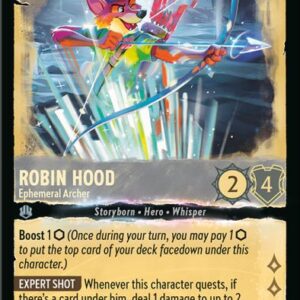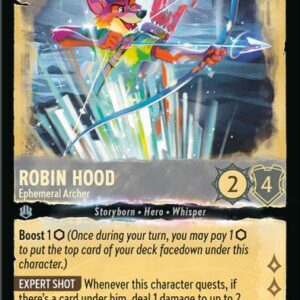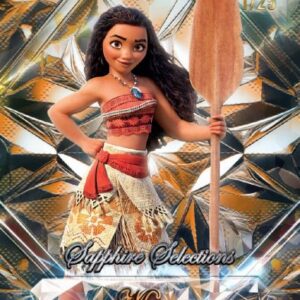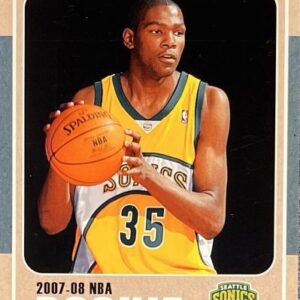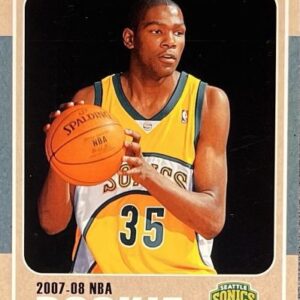In a delightful twist that might even amuse the tongue-in-cheek designers behind the original artwork, a box of 1967 Wacky Packages has just made collectors sit up and take notice with a staggering hammer price of $79,300 at Heritage Auctions. This sale not only highlights the enduring allure of these quirky pop-culture relics but also sets a new precedent for what enthusiasts might be willing to shell out for such sticky treasures.
For the uninitiated, Wacky Packages were perhaps the cheekiest collectibles of their time. First launched by Topps in 1967, these parody sticker sets skewered mainstream grocery products with gleeful abandon, offering a satire-laden alternative to the usual lineup of sports trading cards. Thanks to the mischievous visions of artists like Art Spiegelman—who would go on to win a Pulitzer Prize for his graphic novel “Maus”—the first series of cards quickly found their way into the pockets and plastered onto the school notebooks of playful youth across the nation.
Each card was a mini masterpiece of absurdity, reimagining household staples into hilariously subverted versions of themselves. Though initially intended to be innocently funny, their lampooning of well-known brands did not go unnoticed. In fact, iconic names like Ritz, Jolly Green Giant, Morton Salt, and 7-Up were less than thrilled having their products cheekily parodied, leading to a flurry of legal saber-rattling that saw Topps switch out a dozen cards and expand the collection from an already generous 44 to a bubbling 56.
Controversy, however, did little to dampen the enthusiasm for these collectibles; rather, it spurred Topps to adapt and evolve. By 1969, the brand had tweaked its formula, rolling out “Wacky Ads,” and then in 1973, Wacky Packages returned to great fanfare with peel-and-stick stickers, as opposed to the lick-and-stick variety of their predecessors. For a glorious stretch, these sticky sensations rivaled even the most hallowed baseball cards in popularity, becoming essential currency in the cutthroat ecosystem of schoolyard exchanges.
The reverberations of its impact are hardly lost on the present day. Despite a long hiatus from 1992 to 2004, nostalgia-fueled resurgences have kept Wacky Packages firmly in the hearts of collectors and pop-culture aficionados. Their quirky charm and the rollicking nostalgia they awaken make them highly prized among those who wistfully recall a time when their biggest worry was whether they had just the right trading card to swap during recess.
The recent auction success underscores a broader trend in which vintage non-sports cards—particularly those sealed in their pristine original boxes—are becoming increasingly coveted. As devotees delve back into childhood memories and search for pieces of pop culture history, the market has been buoyed by a renewed enthusiasm that sees figures creep into the tens of thousands—manifestos to the sentiments these pieces of cardboard still passionately evoke.
This particular sealed box, fetching an eye-watering $79,300, is not just about acquiring historical trivia or an addition to a burgeoning collection. It’s akin to holding a time capsule in one’s hands—each pack offering the scent of another era, an era when playful satire was king, and kitsch reigned over all. Tearing into these vintage relics is like unsealing not only the colorful caricatures of the era’s brands but unboxing a vibrant slice of a bygone childhood previously kept secure in memory vaults.
With the 1967 Wacky Packages leading the charge, it’s clear that these relics bring more than just economic value—they offer collectors a tactile connection back to the kaleidoscopic past of their youth, laden with mischief and joy. In the ever-evolving dance of collectibles where sports cards usually take center stage, it’s certainly refreshing, albeit a tad outrageous, to witness these cheerful non-sports upstarts carve out their own spot in the spotlight.
No one can say for certain what future auctions hold, but if the recent triumph at Heritage Auctions is any indication, time-worn wackiness stands poised to remain not just an amusing footnote, but a much-cherished chapter in the history books of collectible culture. After all, who doesn’t relish a good chuckle layered with hefty dollops of childhood nostalgia?
